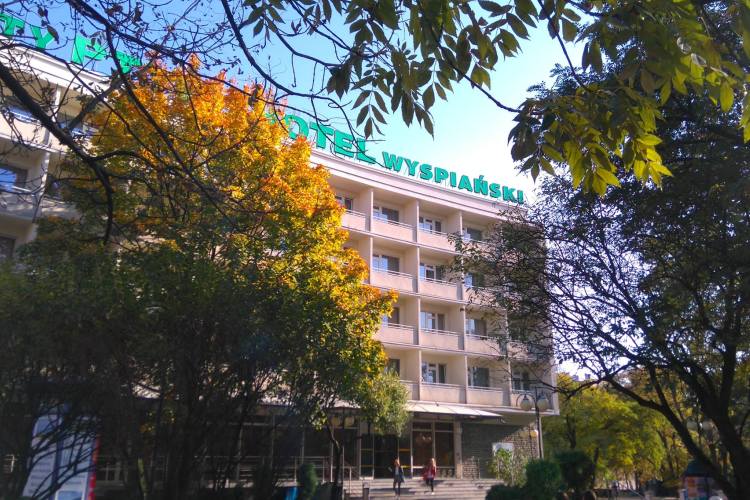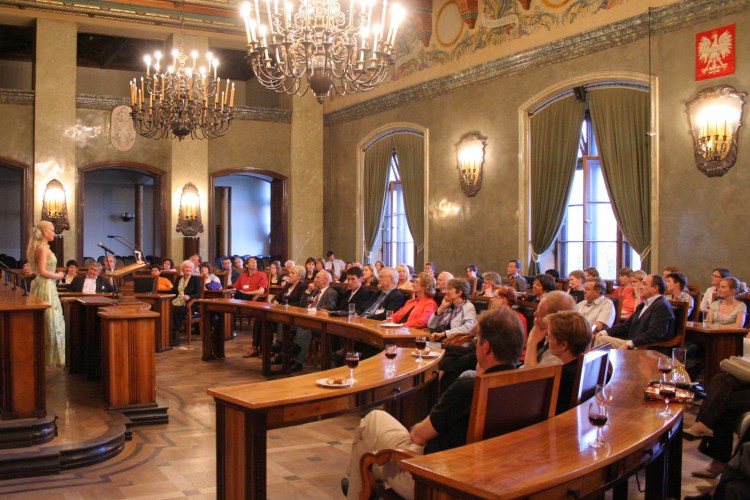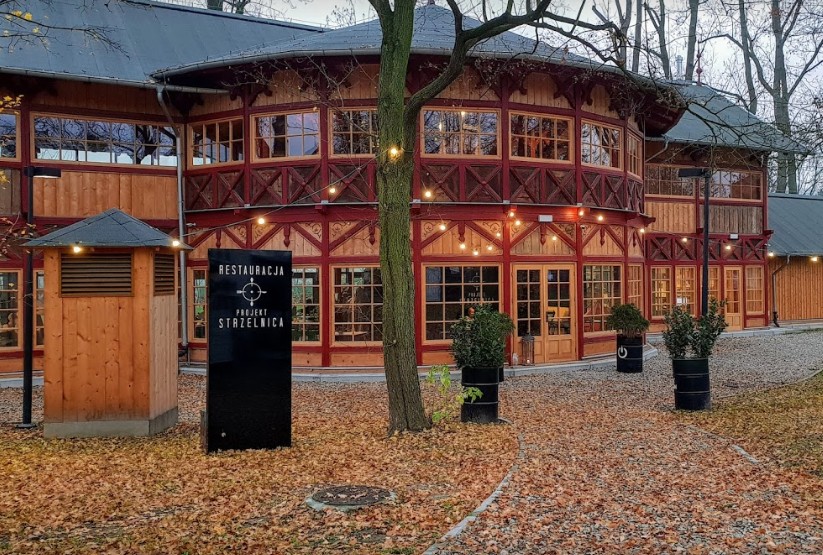Hotel Wyspianski is a 3-star modern and comfortable hotel with an excellent accommodation at reasonable prices. We are situated in the very heart of Krakow, less than five hundred yards away from Krakow’s Market Square, the town’s historical and cultural centre. The major sights and attractions of Krakow Old Town and the ones of Jewish Quarter are in the short distance from Wyspianski Hotel. Whether you come to Krakow – by plan, car, bus, car or train the hotel is very easily available. Whether you are in Krakow for tourist or business purposes, the Wyspianski hotel with its numerous rooms offers professional and friendly services.

The first mention of St. Mary's Basilica comes from 1222. It was a Romanesque church, around which a parish was established for the developing community of the city. That building was destroyed by Tatar raids. The second church was erected in stages over centuries, starting in 1288. The final construction was shaped at the end of the 14th century, in the form of a brick Gothic basilica with one nave and three aisles of the so-called Kraków type, with a characteristic prolonged and many-sidedly terminated chancel. Between 1423 and 1446, six chapels were added between the buttresses of the aisles, funded by the families of wealthy burghers, and two church-porches. At the beginning of the 15th century, an octagonal storey of the highest tower (called the hejnał tower) was built and topped with a late-Gothic spire in 1478. In 1666, a golden crown was added. The spire of the lower tower comes from the 16th century. The most valuable monument of St. Mary's Basilica is its high altar, the most prominent and best preserved work of late-Gothic sculpture in this part of Europe. The local aldermen decided to order a new altarpiece that would be magnificent and worthy of the contemporary capital of Poland; Veit Stoss was entrusted to do the job. The master moved to Kraków and was handsomely remunerated for his work, receiving at least the amount of the annual city budget. The altar was created between 1477 and 1489.

The palace was erected in the first half of the 16th century by hetman Jan Tarnowski, who wanted it to be a stately, Renaissance residence. What remained of that building are windows with characteristic mullions and stone frames as well as a crenelated attic. Its next reconstruction (carried out sometime in mid-17th century) was commissioned by the new owners of the palace, the Wielkopolski family. The remains of that period are such elements as an impressive hallway and stairs to the first floor as well as portals and vaulting. The palace belonged to the family until the tragic city fire of 1850. After an improvised refurbishment of the cindered interior, the building housed an elegant café and a ball room. In 1864, the palace was bought out by the commune to serve as the seat of the municipality. On the second floor, in place of the ball room, a magnificent meeting room was arranged, designed by Filip Pokutyński. At the beginning of the 20th century, as a result of a significant expansion of the city in line with the idea of the Great Kraków, there was a need to radically rebuild and expand the municipality, which was complete in 1913 (design: Jan Rzymkowski). That period saw an addition of two new wings on Poselska Street. The stately interior was decorated in the spirit of historicism and Vienna Secession, with the use of folk art motifs. In 1926, the main meeting room was consumed by fire, but it was solicitously renovated within a dozen or so years, preserving the previous forms, which were additionally enriched with the popular Art Deco elements of the time.

The shooting range at the will of Justowska was established in the years 1886-87, as a part of the garrison of the Krakow Fortress, used initially by the Austrian army, and in later years by the members of the Rifle Association and legionnaires Józef Piłsudski. In the interwar period, and then to the early 90s of the twentieth century, the shooting range belonged to the Kraków garrison. Currently in the interior of the shooting range there is a restaurant and the Museum of History of Photography.
